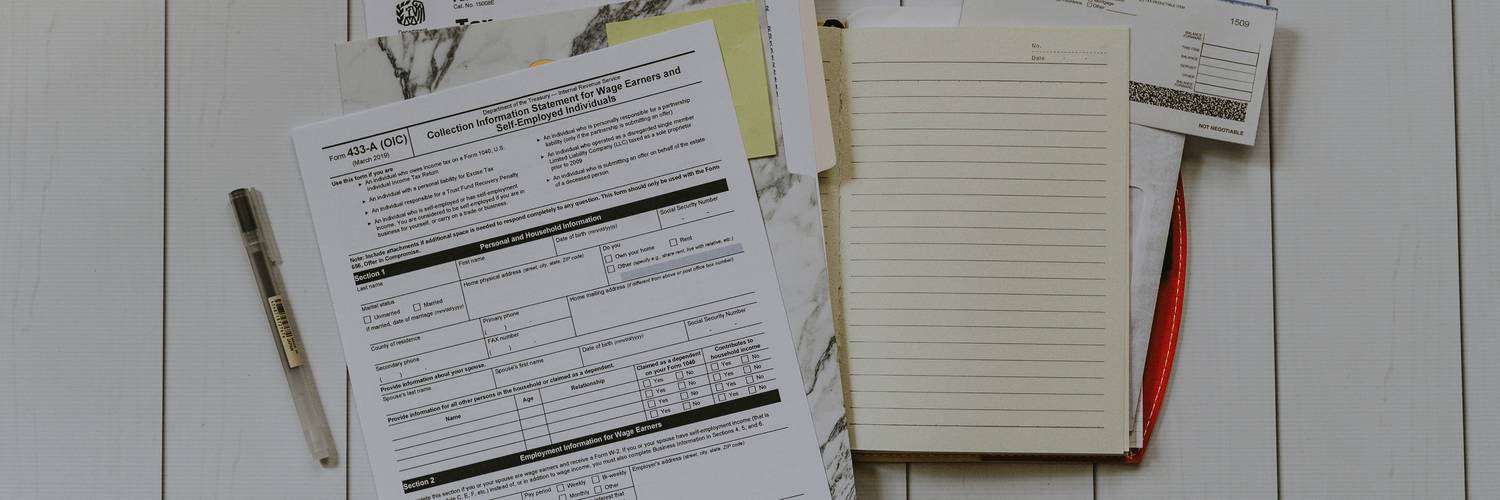California Notice Deadline Calculator 2025
Filing an eviction or enforcing a move-out even one day too early can trigger costly case dismissal. Our free calculator gives landlords and tenants a one-minute, lawyer-grade audit of any statutory notice period under California notice rules. Enter the serve date, pick the notice type, and instantly see the earliest lawful action date—weekends skipped, 2025 statutes applied.

Landlords must give a written 24-hour notice before non-emergency entry.
First-class mail tacks on five days; posting & mailing adds ten.
The service day never counts—start your clock on the next calendar day.
For 3-day notices, Saturdays and Sundays are automatically ignored.
Courts routinely toss eviction cases filed on the wrong date.
How to Use the Calculator
- Pick the date you hand-deliver, post, email, or mail the notice.
- Select the matching statutory period: 3-, 30-, 60-, or 90-day.
- Read the earliest day you can file an eviction or demand compliance.
- Double-check details in our notice-requirements guide before acting.
Notice Type Breakdowns
3-Day Pay or Quit – CCP § 1161
Used for: unpaid rent, lease breaches, or failure to perform a covenant.
- Excludes the service day; weekends are skipped.
- Must state exact amount or covenant to cure.
- Landlord may file eviction only after the period expires.
The “3-Day Notice to Perform or Quit” and “3-Day Notice to Pay Rent or Quit” share the same countdown but differ in remedy. If you serve on a Friday, day 1 is Saturday but skips to Monday, making Tuesday the first lawful filing day. More nuances in our eviction guide.
30-Day Move-Out – Civil Code § 1946
Used for: ending month-to-month tenancies shorter than one year.
- Tenants may also serve a 30-day notice to the landlord.
- Written notice is mandatory; certified mail recommended.
- AB 1482 exemptions do not waive the 30-day baseline.
When asking “how many days notice must a landlord give in California,” remember 30 days is the shortest allowed for a tenancy under one year—barring at-fault evictions or local just-cause ordinances.
60-Day Move-Out – Civil Code § 1946.1
Used for: ending month-to-month tenancies of one year or more.
- Applies statewide unless stricter local just-cause rules override.
- Notice must include statutory language and relocation info if required.
- Tenant may owe prorated rent if move-out date falls mid-month.
Cities like Los Angeles and Berkeley add relocation fees, so verify rent-control overlays before serving.
90-Day Notice – PTFA & HUD Guidelines
Used for: foreclosure situations and Housing Choice Voucher (Section 8) tenancies.
- Protecting Tenants at Foreclosure Act requires new owners to honor leases or give 90 days.
- HUD Chapter 8-1306 mandates 90-day notice for terminating assistance.
- Good cause must be stated; local rent boards may demand hearing.
Section 8 tenants should attach a copy of the notice to their housing authority case file to preserve voucher rights and seek counseling if timelines conflict with local rules.
Example Timelines
| Notice Type | Date Served | Legal Deadline | Reason |
|---|---|---|---|
| 3-Day Pay or Quit | Friday, July 11 | Tuesday, July 15 | Weekend excluded; countdown starts Monday |
| 30-Day Notice | Monday, March 3 | Wednesday, April 2 | Day 1 is March 4; month difference counted |
| 60-Day Notice | Friday, July 4 (holiday) | Tuesday, September 2 | Holiday pushes Day 1 to July 5, weekend skip to July 7 |
Penalties for Serving Bad Notices
A defective notice is not a harmless mistake—California courts treat service errors as jurisdictional. That means the court lacks the legal power to hear your eviction or damages case until a valid notice is delivered and the statutory period has fully lapsed. Landlords who cut corners risk more than dismissal. Under Lucky United Properties v. Lee, tenants can recover their costs and, in some counties, attorney’s fees for defending against an unlawful detainer filed on the wrong date.
Even if the judge allows an amended complaint, you will pay a fresh filing fee, lose precious time, and face the very real possibility that the tenant cures the underlying breach during the delay. Worse, a prematurely filed 3-Day Pay or Quit often triggers a retaliation or harassment defense, expanding the litigation and raising the settlement price. Certified-mail receipts, proof-of-service forms, and accurate deadline calculations are therefore more than clerical niceties—they are your first line of risk management.
Tenants, meanwhile, gain strategic leverage when landlords mis-serve. A simple motion to quash service can halt an eviction within days, forcing the landlord back to square one. Document the error, keep envelopes, and consult our dispute-resolution guide for sample filings that preserve your defenses.
Common Pitfalls & Tips
- For mailed notices, add 5 extra days; for substituted service, add 10.
- Do not count the service day—start on the next calendar day.
- If the deadline falls on a weekend or court holiday, roll to the next business day.
- Keep signed proof of service; many landlords lose cases for missing affidavits.
- Never file while rent relief or habitability defenses remain unresolved.
Frequently Asked Questions
Need formatting help? See all California notice rules.
View Notice Rules